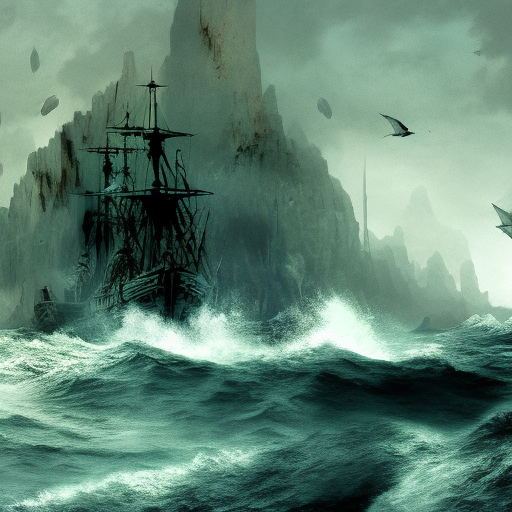Summary:
In the Heart of the Sea: The Tragedy of the Whaleship Essex is a gripping non-fiction book by Nathaniel Philbrick that tells the harrowing true story of the whaleship Essex, which was attacked and sunk by a massive sperm whale in 1820. The book explores the crew’s struggle for survival as they faced starvation, dehydration, and the harsh realities of life at sea. It also delves into the psychological and emotional toll that the ordeal took on the survivors, as well as the impact it had on the whaling industry and the concept of man’s dominance over nature.
The Whaleship Essex: A Fateful Journey
The book begins by introducing the reader to the whaleship Essex and its crew, who set sail from Nantucket in 1819 on a voyage to the Pacific Ocean in search of valuable sperm whales. The crew, led by Captain George Pollard Jr., was made up of experienced sailors and young, inexperienced men looking for adventure and fortune. As they embarked on their journey, little did they know that they were about to encounter a force of nature that would change their lives forever.
The Attack of the Sperm Whale
While hunting whales in the South Pacific, the Essex encountered a massive sperm whale, estimated to be around 85 feet long. In an unexpected turn of events, the whale attacked the ship, ramming it twice and causing it to sink. The crew was forced to abandon ship and take to the open ocean in three small whaleboats, with limited supplies and provisions. They were thousands of miles away from land, facing an uncertain and treacherous journey.
A Desperate Fight for Survival
As the crew drifted at sea, they faced numerous challenges and hardships. They battled hunger, thirst, and exposure to the elements. They resorted to eating raw fish, birds, and even their own dead shipmates to stay alive. The survivors endured extreme physical and psychological trauma, with some succumbing to madness and despair. The book vividly describes their struggles and the lengths they went to in order to survive.
The crew’s journey eventually led them to the remote and uninhabited Henderson Island, where they found temporary respite. However, their stay was short-lived, as they soon realized that the island could not sustain them for long. They made the difficult decision to leave and continue their journey in search of rescue.
After months at sea, the survivors were finally rescued by passing ships. Only eight out of the original twenty crew members survived the ordeal. Their story captivated the world and became the inspiration for Herman Melville’s classic novel, Moby-Dick.
- The book provides a fascinating insight into the brutal realities of the whaling industry and the dangers faced by sailors in the 19th century.
- It explores the psychological and emotional impact of extreme survival situations and the lengths humans will go to in order to stay alive.
- In addition to the gripping narrative, the book also delves into the historical and cultural context of the time, shedding light on the whaling industry and its impact on the environment.
“We were in a most miserable situation—no water, no provisions, and no prospect but that of suffering the most excruciating death by thirst and hunger.” – Owen Chase, First Mate of the Essex
In the Heart of the Sea is a captivating and thought-provoking book that takes readers on a thrilling journey through the depths of human endurance and the power of nature. It serves as a reminder of the indomitable spirit of the human will and the fragile balance between man and the natural world.












